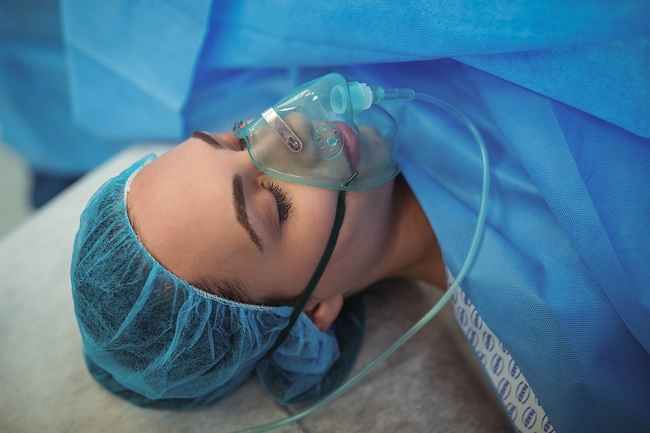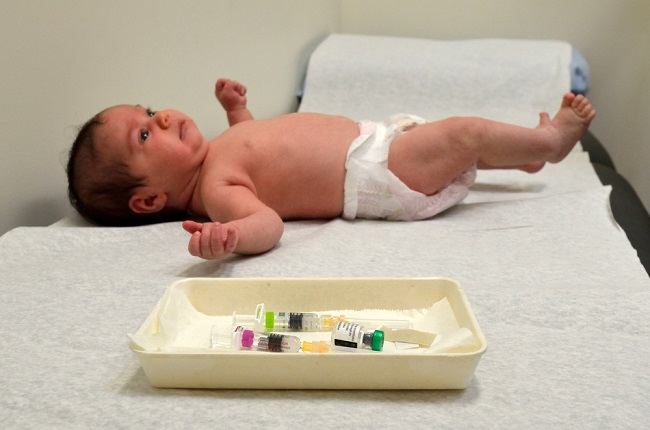Hydrotubation is a medical procedure performed to check for blockages in the fallopian tubes (egg tubes). This medical action performed with spraying a special liquid onto the tube fallopian tubes, so that the fallopian tubes can be seen more clearly on a scan.
Hydrotubation is usually done in a procedure to examine the female reproductive system, to see if there is a blockage in the fallopian tubes or fallopian tubes. A blocked fallopian tube can reduce the chances of pregnancy, because this is where the sperm and egg meet and fertilize.

Women's chances of getting pregnant with blocked fallopian tubes actually still exist. However, with a note, only one of the fallopian tubes is blocked. If both fallopian tubes are blocked, the chances of pregnancy are almost non-existent.
Application of the Hydrotubation Procedure
This procedure is done by spraying a special fluid into the fallopian tubes through the cervix or cervix. The liquid which is a contrast agent (dye) can be seen clearly in a scan with an X-ray. This examination is called a hysterosalpingography (HSG).
If the contrast fluid appears to be flowing through the fallopian tubes unimpeded and out into the abdominal cavity, the tube is not blocked. However, if the contrast fluid cannot pass through the fallopian tubes and back out through the cervix, it can be suspected that the fallopian tubes are blocked.
If the fallopian tube is blocked, the doctor will perform further examination with an endoscope. The doctor will make a small incision 1/2 cm above the pubic hairline, to insert a small instrument with a camera at the end. Through this examination, the doctor can see the condition of the fallopian tubes more clearly.
Sometimes, hydrotubation, which is actually a screening procedure, can open blockages in the fallopian tubes due to the pressure when the fluid is sprayed. This can happen if the blockage in the fallopian tube is mild.
Hydrotubation Side Effects
Some of the side effects or complications that can occur after hydrotubation are:
- Urinary tract infection. To overcome this side effect, patients are advised to drink plenty of fluids for 24 hours after the procedure.
- Infection at the site of entry of the camera. Of the 100 women who undergo the process of hydrotubation, 2-5 of them have this infection.
- Injury to the blood vessels, intestines, or bladder. This risk only occurs in 1 in 1000 women who undergo hydrotubation,
- Pain under the ribs, around the shoulder, or neck for up to 72 hours after the procedure.
If you find it difficult to conceive, you should consult a gynecologist. The doctor will find out the cause through hormonal and reproductive examinations, including hydrotubation. After the cause is known, then the doctor can provide appropriate treatment.









